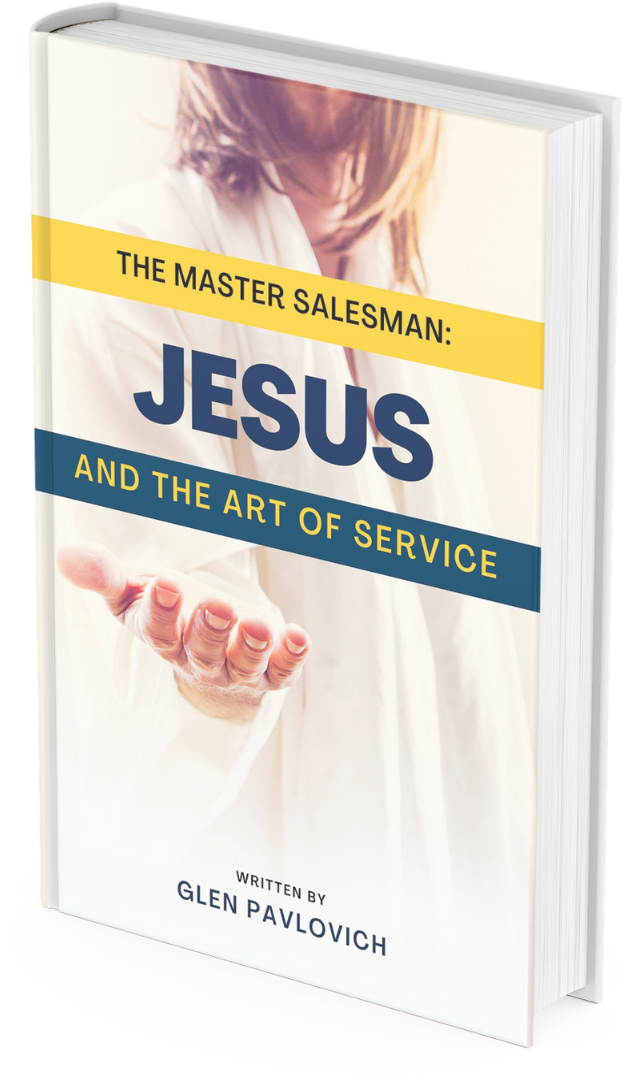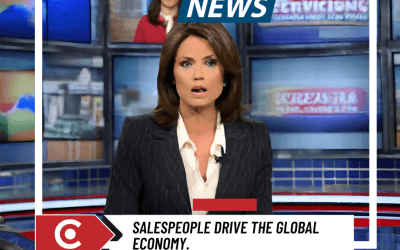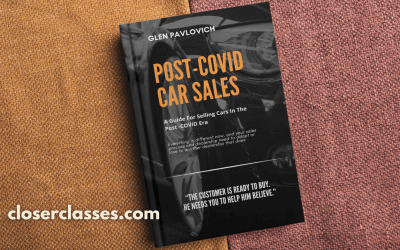When COVID-19 hit, it changed everything. We stayed home, avoided people, and many businesses had to close their doors. But some workers, deemed essential, kept going out into the world to keep necessary services running. These included folks in:
- Energy
- Child care
- Water and wastewater
- Agriculture and food production
- Critical retail (like grocery stores and mechanics)
- Critical trades (like construction workers and electricians)
- Transportation
- Nonprofits and social service organizations
These essential workers kept things moving while the rest of us stayed home. But how could we stay home and still get what we needed? The answer: businesses had to change how they worked.
During the lockdown, and even after it lifted, a new business model became the norm. Amazon offered same-day and overnight delivery. The home delivery of restaurant-quality food doubled. Curbside pickup became available almost everywhere. People could make a shopping list on their device, pay without using cash, and have a week’s worth of groceries delivered to their door within hours.
What started as a helpful service during a scary and uncertain time has stuck around. Even though we can now leave our homes and offices to get food and other items, delivery services like DoorDash and GrubHub are still growing. They can bring snacks, lunch, and whatever else consumers want right to their door, often faster than if they went to get it themselves.
These conveniences discovered during COVID-19 have now become a regular part of life. Today, buyers often choose convenience over loyalty to a particular store. Websites like Instacart let shoppers choose from any grocery store in their area. They don’t have to stick with their local store. If they want lunch, DoorDash lets them browse various nearby restaurants that will deliver whatever they’re craving. They don’t have to settle for what’s close. If one retailer doesn’t have what a consumer wants, they can easily switch to one that does and order from them.
This shift in shopping and buying habits has reshaped the retail landscape, making convenience king. The ability to adapt to these changes, to meet consumers where they are (which is increasingly online and at home), is crucial for businesses looking to thrive in this new environment.
In a world where a click brings instant gratification, businesses, especially in the retail sector, must pivot to keep up with the fast-paced, convenience-driven consumer behavior. The evolution from in-store shopping to online browsing to home delivery has accelerated, and businesses that can efficiently navigate this transition will find themselves in a favorable position in the post-COVID era.
For more insights into changing consumer behaviors and how businesses can adapt, consider exploring POST-COVID CAR SALES A Guide For Selling Cars In The Post-COVID Era. And if you’re looking for personalized training to navigate the evolving sales landscape, explore opportunities for one-on-one coaching at Closer Classes.
The customer is ready to buy. He needs you to help him believe.
Article Summary
The COVID-19 pandemic reshaped consumer habits, prioritizing convenience and speed through online shopping and home delivery services. Businesses have adapted, offering various online and delivery options, and this trend continues to grow even as pandemic restrictions have eased, reflecting a permanent shift in consumer expectations and retail practices.













